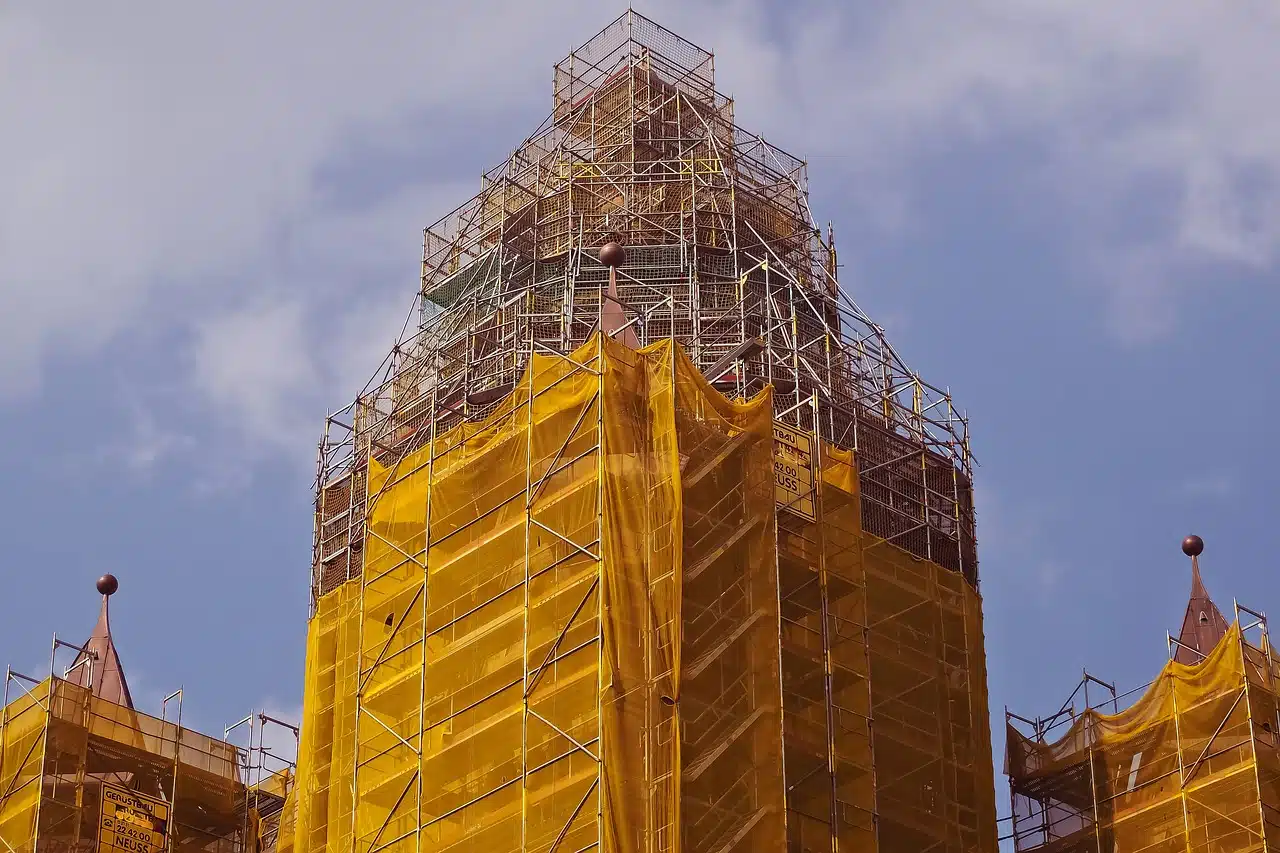
A restoration or renovation can be considered a reconstruction.
Reconstruction is the action and effect of rebuilding . This verb, in turn, refers to rebuilding, building or manufacturing.
For example: "The Haitian authorities are working tirelessly to rebuild the country" , "The company announced the reconstruction of the hotel that was affected by the weather " , "The reconstruction of the factory will take another two years" .
The term can be used in a physical sense to name specific restoration or renovation tasks. This means that if there is a deteriorated building, reconstruction will include reinforcing its foundation, repainting it, etc.
Another use of the concept, however, is symbolic . The idea of reconstruction, in this case, is linked to recovering a value or something that is not material and that, for one reason or another, has been lost. In this sense, it is common to talk about the reconstruction of the social fabric or morality .
Reconstruction as a research technique
Reconstruction, on the other hand, is the process of evoking memories and trying to bring them together to complete a concept or knowledge of a fact . This technique is widely used by criminal investigation forces to try to recreate large-scale murders and robberies, based on the details collected by police officers and detectives. On the other hand, psychology relies on reconstruction to help patients overcome past traumas.
Let's look at some example sentences: "The reconstruction of the murder will take place tomorrow with the participation of the accused and the witnesses" , "The psychologist is helping Mariana in the reconstruction of her past" , "The young man who suffered the blow in The head cannot complete the reconstruction of what happened .

Reconstruction is an important task in many investigations.
Its use in history
In this sense, the process that brings the past to life , reliving some of its most significant moments for educational purposes and also to generate more interest in those who study it, is known as historical reconstruction . Through this practice, the chronological space is narrowed, which results in a better understanding of the events despite the cultural differences typical of two very distant eras.
From the moment a group of researchers finds a relic, for example, until a museum displays it in a glass case for the public to observe, an extensive study takes place that seeks to find its past, understand who they used and why, at what time in history ; At the same time, for the results to be richer, it is necessary to know as many details as possible about life at that time: how they dressed, what they ate, what their beliefs were, the characteristics of their social organization, etc.
When groups dedicated to the task of historical reconstruction seek to improve their work, they always encounter several tendencies, among which the following two stand out, almost opposite: the valuation of veracity over the rest of the aspects; the recognition of the importance that lies in those small data that seem trivial but that add more life to detailed reports.
It should be noted that historical reconstruction cannot be absolutely faithful to the facts it tries to recover from the past, no matter how much effort and dedication there is behind an investigation.
Reconstruction in linguistics
Historical linguistics is the discipline that studies the processes of language change over time and that uses what is known as internal reconstruction and external reconstruction to carry out its task.
It is important to keep in mind that languages evolve from very complex phenomena, the observation and analysis of which require a considerable volume of cultural and linguistic knowledge, both from the countries of origin and from those with which they had contact since the last change studied. .
